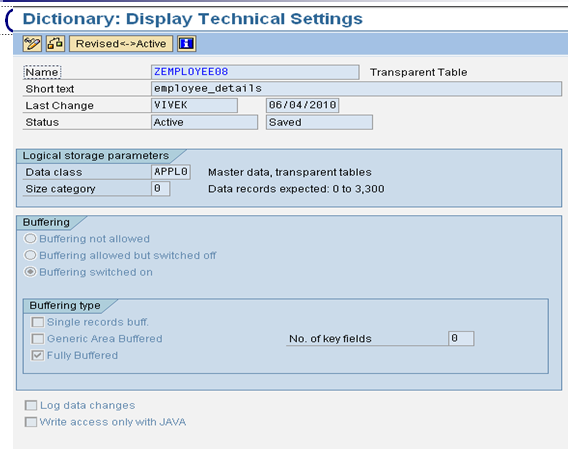• SAP HANA, short for “High-Performance Analytic Appliance” is an in-memory, column-oriented, relational database management system developed by SAP.
• Data now resides in main-memory (RAM) and no longer on a hard disk.
• It is a combination of hardware and software made to process massive real time data using In-Memory computing.
• It combines row-based, column-based database technology.
• It’s best suited for performing real-time analytics on massive data, and developing & deploying real-time applications.
An in-memory database means all the data is stored in the memory (RAM). No time wasted in loading the data from hard-disk to RAM or storing the data in hard-disk. Everything is stored inside memory for all the time, which gives quick access ability to the CPUs while processing data.
The speed advantages offered by this RAM storage system are further accelerated by the use of multi-core CPUs, and multiple CPUs per board, and multiple boards per server appliance.
SAP HANA is equipped with Multiengine Query Processing Environment which supports relational as well as graphical and text data within the same system.
It provides features that support significant processing speed, handle huge data sizes and text mining capabilities.
Can we just increase the memory of the traditional database (like Oracle) to 1 TB and get similar performance?
NO. You might have performance gains due to more memory available for your current Oracle/Microsoft/Teradata database, but HANA is not just a database with bigger RAM. It is a combination of a lot of hardware and software technologies. The way data is stored and processed by the In-Memory data base is the true differentiator. Having that data available in RAM is just the icing on the cake.
Operating System Supported By SAP HANA:
Earlier SUSE Linux Enterprise Server x86-64 (SLES) 11 SP1 was the only Operating System supported by SAP HANA. From SPS08, Red Hat Enterprise Linux is also supported.SAP HANA is developed in C++ language.
Why SAP HANA is fast?






